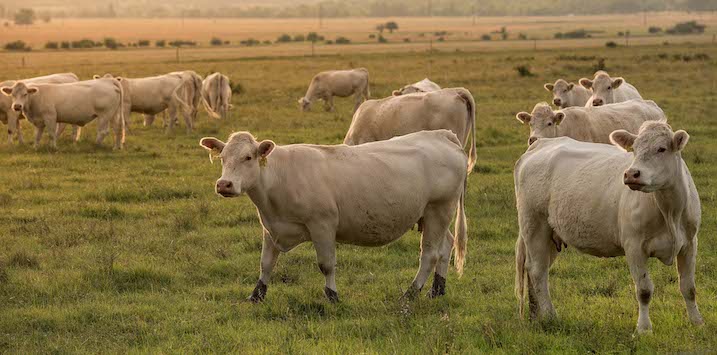
Say goodbye to the $10 steak
A looming protein shortage in China could put a rocket under the price of most types of meat. And it’s all thanks to the African Swine Fever that’s currently decimating China’s pig herd.
It’s not getting a lot of press, probably because the issue is not affecting us right now, but a global protein price boom is underway and it’s not going to get better any time soon.
The drought in Australia, combined with African Swine Fever in China, has caused a surge in beef prices globally. So extreme are the price rises that some of the market participants we have met with are describing conditions as unlike anything they’ve seen before.
African Swine Fever is a virus that kills most pigs that contract the condition within two weeks and it has halved China’s 340 million-strong swine herd since August 2018, triggering a pork production shortfall of 15-20 million tonnes.
The consequences are being felt across the protein spectrum from beef and lamb to fish and chicken. In the US, for example, the imported beef indicator price (90CL Chemical Lean – a benchmark price for frozen manufacturing beef into the US) is near a four-year high.
In Australia, thanks to the drought, beef farmers are being forced to send their herds, including breeding cows, to slaughter. Usually, when the proportion of cows slaughtered rises (currently its up 17 per cent year-on-year and 20 per cent higher than the five-year average), manufacturing of alternative supplies such as leg cuts to the US would keep a lid on prices. Today, however, a weak Australian dollar and huge demand from China for all cuts of beef (Hindquarter cuts to China are up 81 per cent) are supporting a global boom in prices.
The US remains our largest market and it accounts for nearly 40 per cent of beef shipments calendar year to date. But two years ago, China represented just three per cent of Australian exports. In 2019, Chinese demand has grown fourfold to 12 per cent.
New Zealand is experiencing similar dynamics with beef exports to China rising 155 per cent in the last year to almost 55 per cent.
In September, China’s pork imports jumped more than 70 per cent year-on-year and domestic prices more than doubled. Many believe the Chinese pork shortfall will continue for the next 3-5 years and consequently, Australian beef prices at the supermarket, and the prices consumers pay for burgers at all the major chains will rise dramatically, particularly if it rains and farmers start restocking and breeding, which restricts the number of animals sent to slaughter.
For consumers, it means higher prices, which are undesirable; but for investors, higher prices are a gift. If a Chinese protein shortage caused by Swine Fever leads to substitution for beef, chicken and lamb, and maybe even salmon, there are several businesses in Australia that might benefit. In preparation for the northern hemisphere summer demand spike (keep in mind the US cow cull is up significantly) the US will have to compete with China to obtain its desired quantities. Prices could be headed much higher and if correct, analysts may have underestimated the impact on the revenue side for producers and on the cost side for customers.
As an aside, the current outbreak of African swine fever raises another issue for consumers and investors and that is the issue of meat health and safety. Intensive animal farming involves over-crowding, which when combined with unhygienic conditions, provides an ideal environment for potentially deadly pathogens.
As concerns about tainted foods, antibiotic and hormone use, along with outbreaks like African swine fever rise, so do the investment opportunities among pharmaceutical companies and businesses that offer alternative, animal-free, sources of protein. Currently, more than half the world’s antibiotic consumption is by the livestock industry. Antibiotic resistance could be an even more concerning issue globally than the current pork and beef shortage.